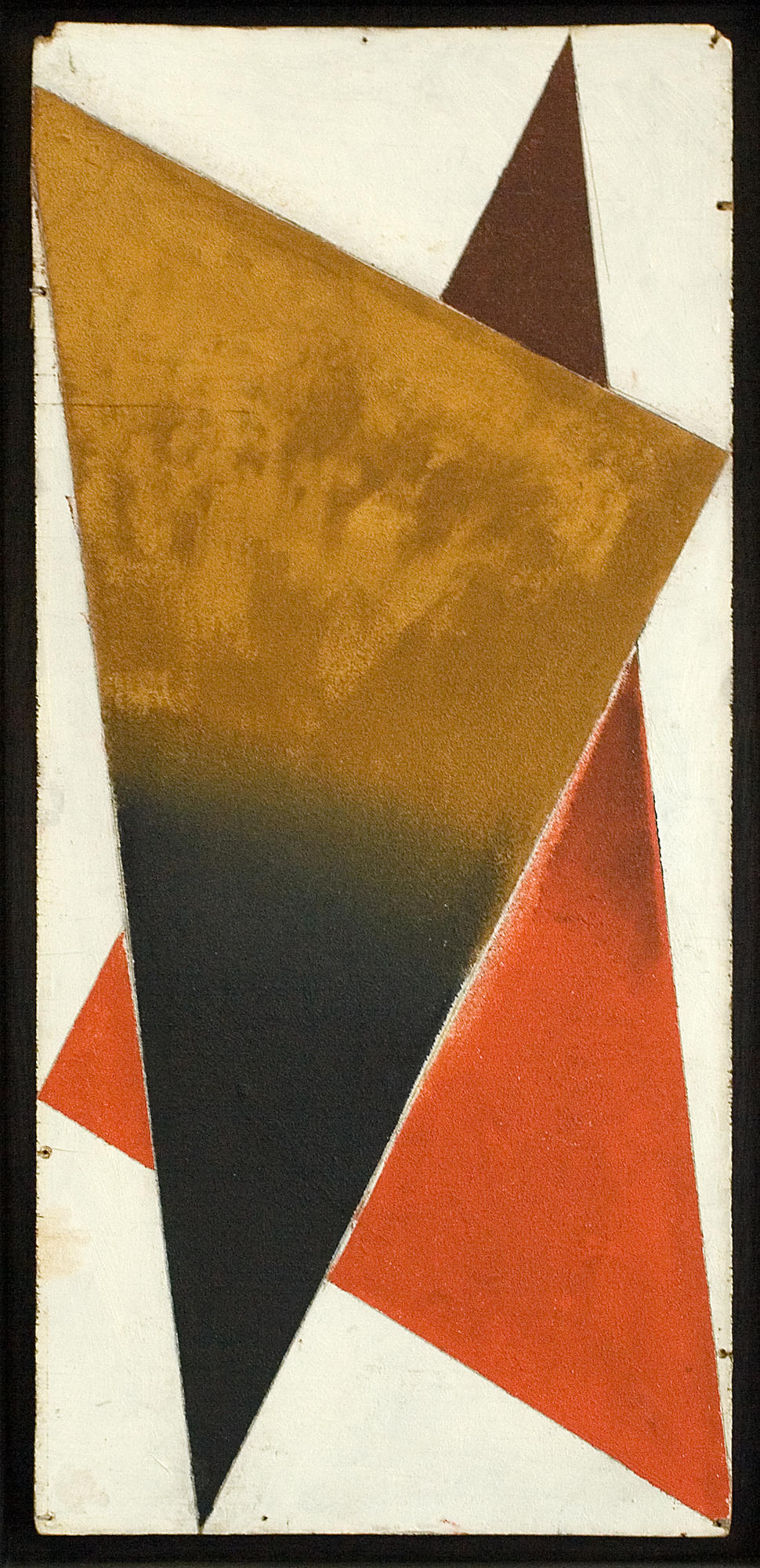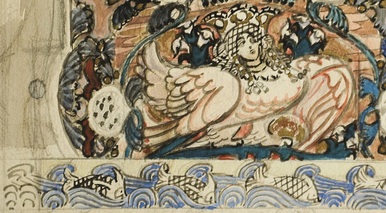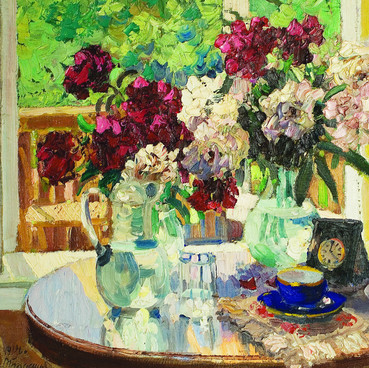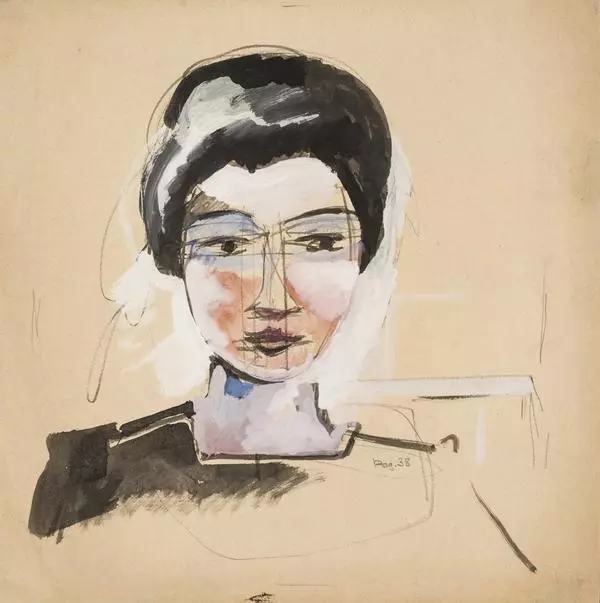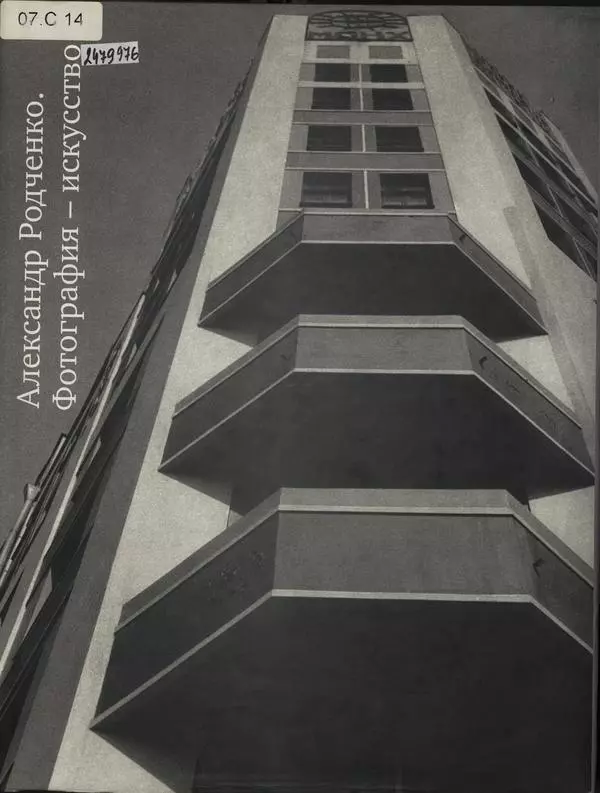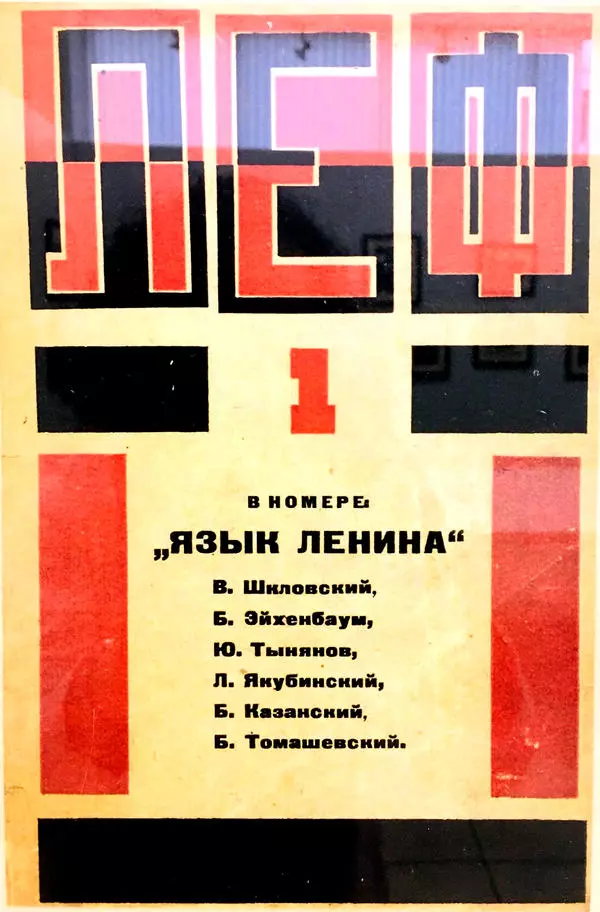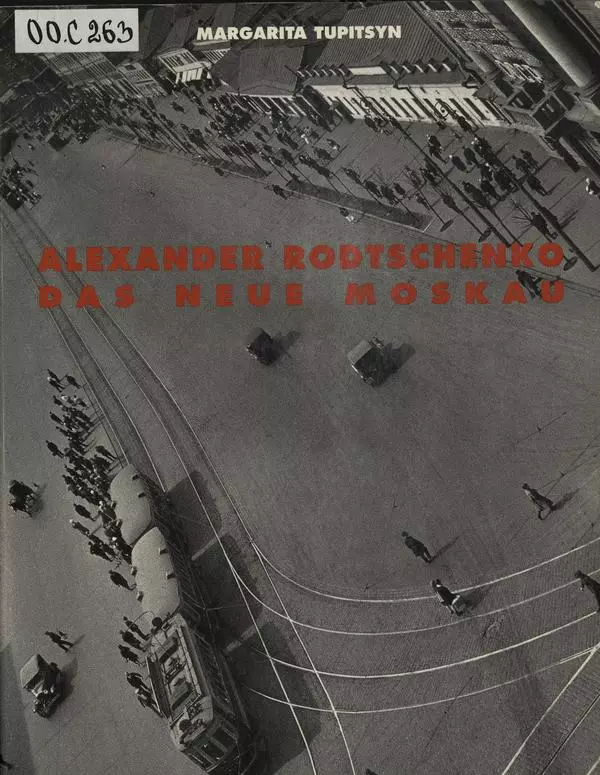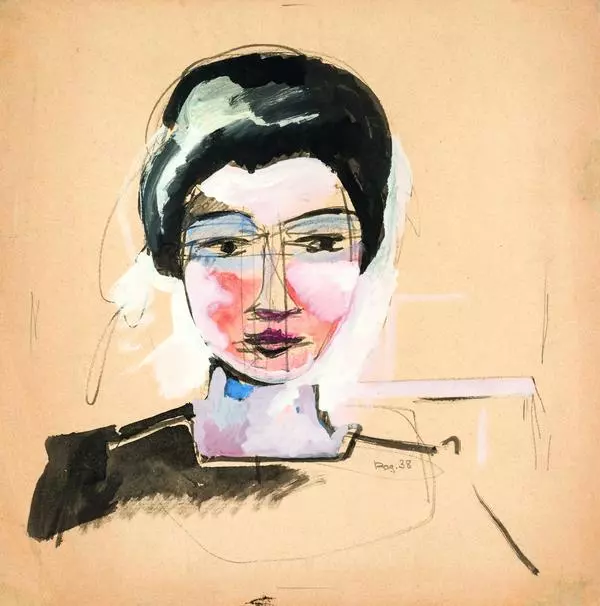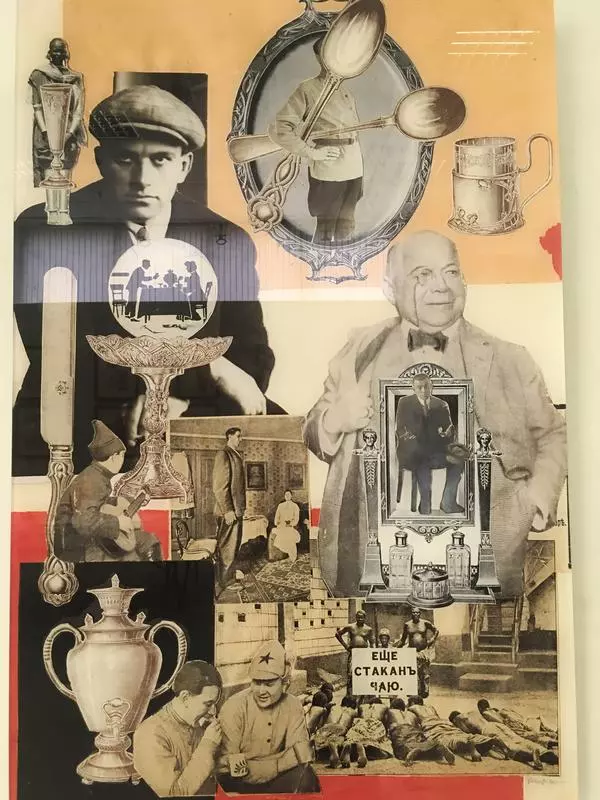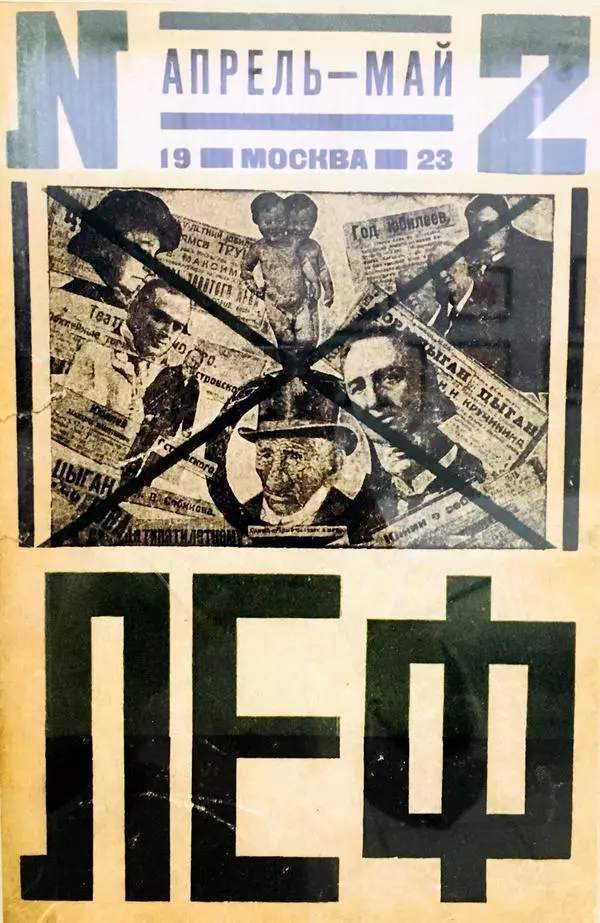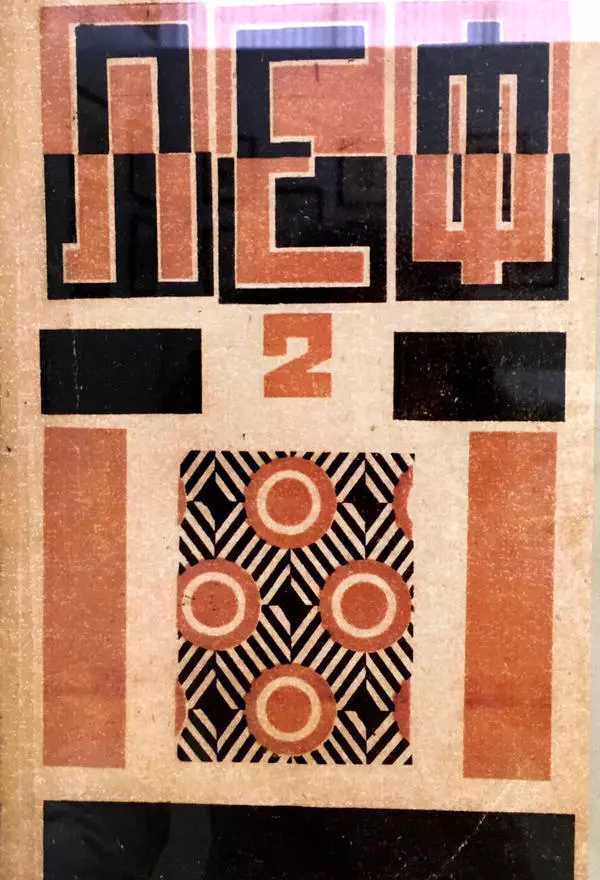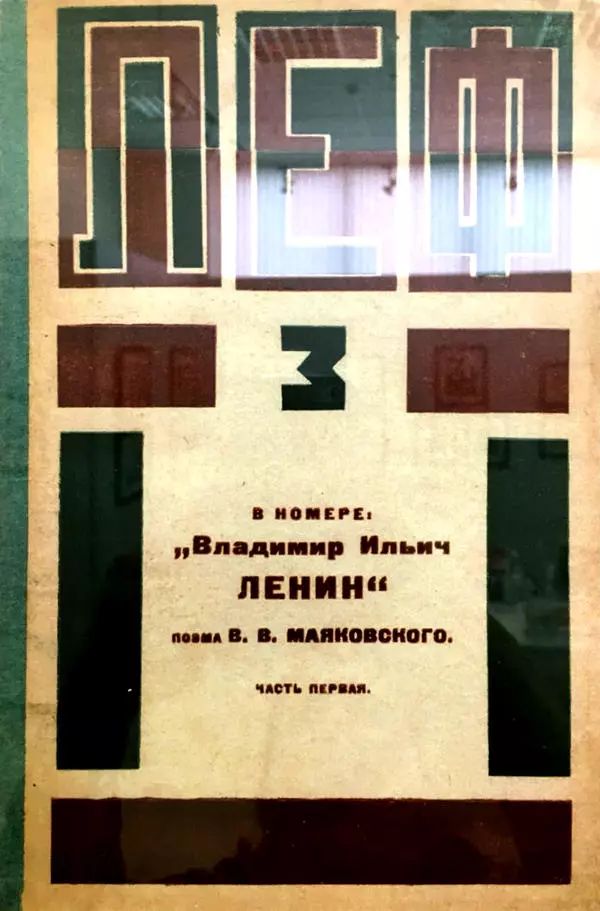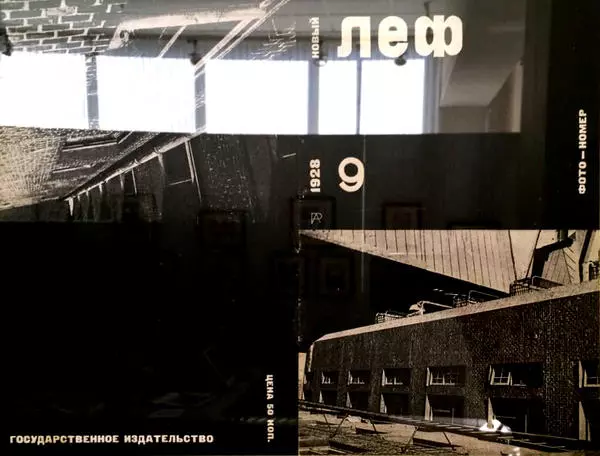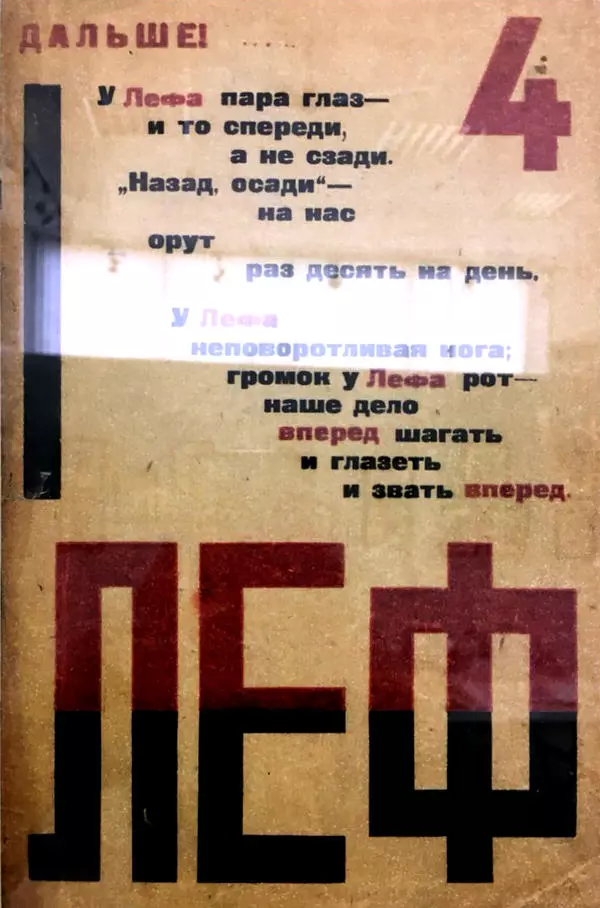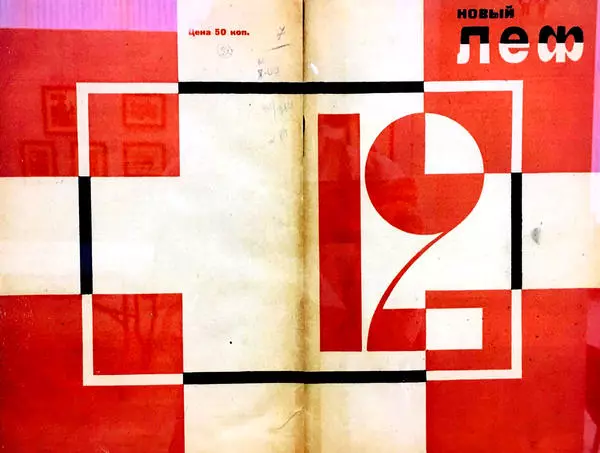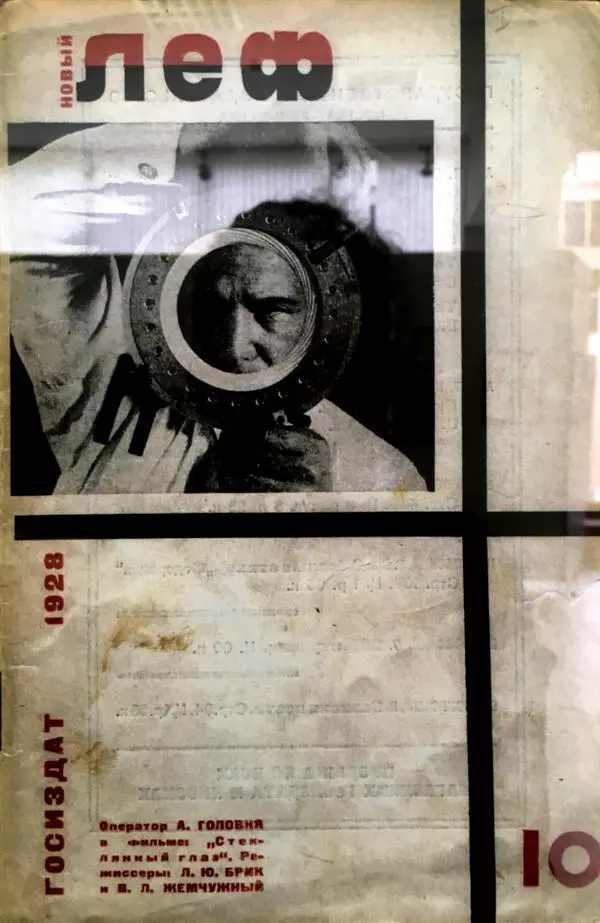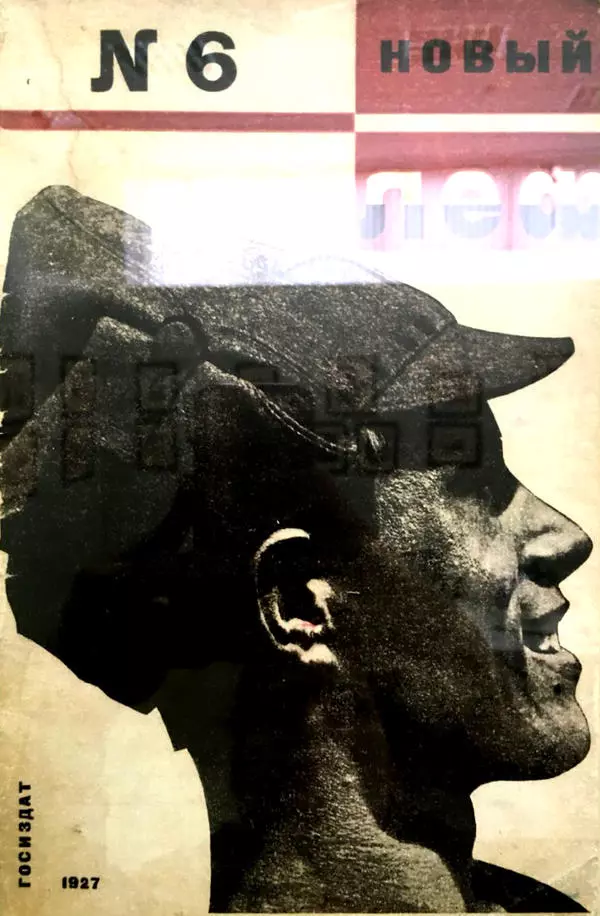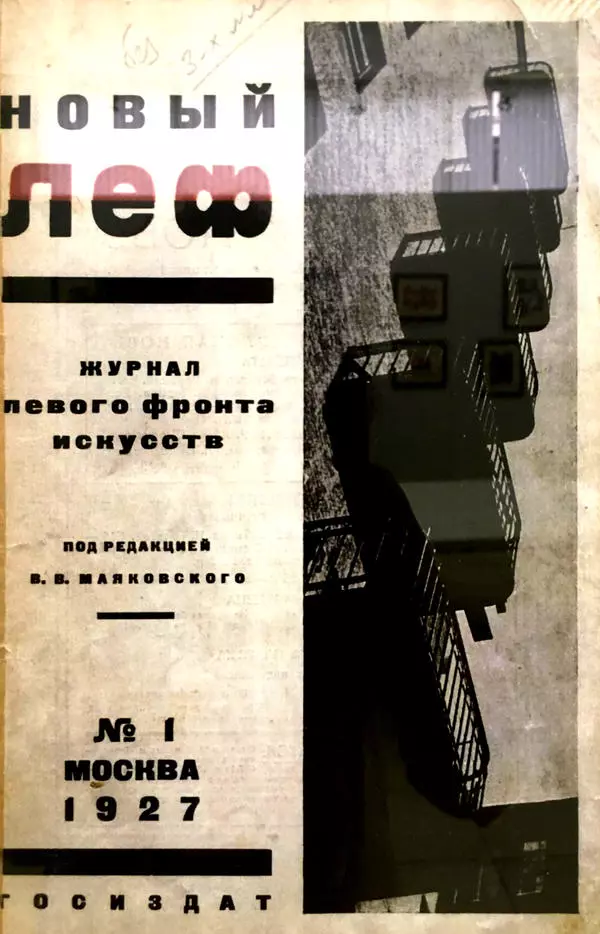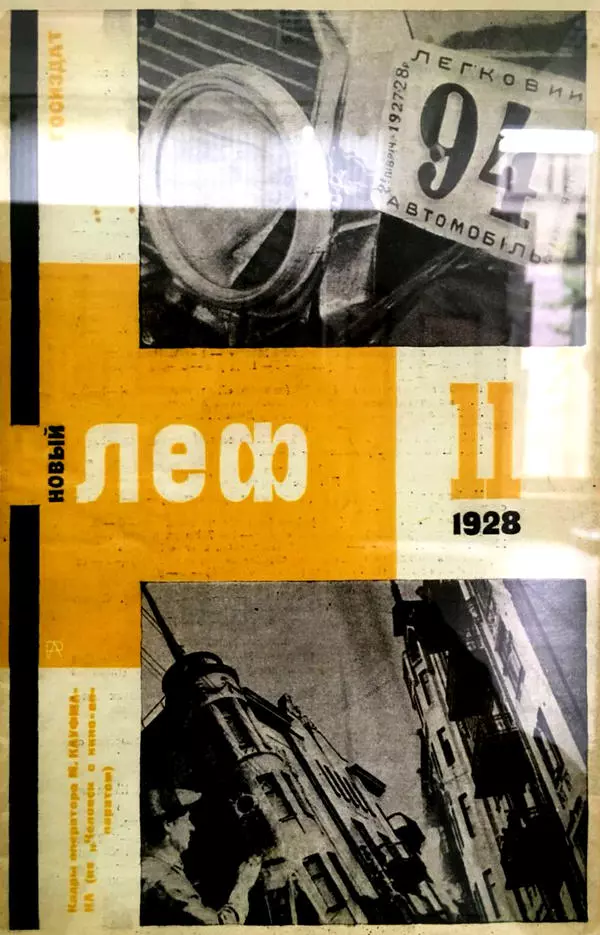Astrakhan Art Gallery presents Triangles by Alexander Rodchenko, which the author himself mentioned as Non-figurative composition No. 53. This painting belongs to the museum for almost a hundred years; within this period of time it has been shown at 17 international exhibitions in Germany, USA, France, Italy, Scotland, Spain and other countries worldwide.
Alexander Rodchenko created Triangles in 1918. At the time, he was busy experimenting with planes, various shapes (triangles, squares, ovals) and color schemes.
The artist liked to say that creativity demanded new means of expression. This idea was not only Rodchenko’s creative credo, but also a kind of motto for all Russian art of the first half of 20th century.
The Museum of pictorial culture created in 1919 in Moscow, at Volkhonka Street, played a huge role in popularizing the work of new wave artists. The works presented in the museum demonstrated the progress of modern painting as to the materials, colors, space, form and technology.
In 1921, Alexander Rodchenko became the head of the museum, replacing Vasily Kandinsky. During this period, painting played a secondary role in Rodchenko’s life and work, as he focused on photography, advertising and design. The artist also became interested in book design. In particular, he created the cover for the book Smart-Alecks by famous poet Velimir Khlebnikov in 1922.
In the 1920s, Rodchenko also worked in cinema. He was set a designer of feature films Moscow in October, 1927, Woman Journalist, 1927-1928, and several other movies.
Working in many genres of visual art, Alexander Rodchenko always remained a charismatic and impulsive experimental artist, striving to discover new sources of inspiration in his own work and in art as a whole.
Alexander Rodchenko created Triangles in 1918. At the time, he was busy experimenting with planes, various shapes (triangles, squares, ovals) and color schemes.
The artist liked to say that creativity demanded new means of expression. This idea was not only Rodchenko’s creative credo, but also a kind of motto for all Russian art of the first half of 20th century.
The Museum of pictorial culture created in 1919 in Moscow, at Volkhonka Street, played a huge role in popularizing the work of new wave artists. The works presented in the museum demonstrated the progress of modern painting as to the materials, colors, space, form and technology.
In 1921, Alexander Rodchenko became the head of the museum, replacing Vasily Kandinsky. During this period, painting played a secondary role in Rodchenko’s life and work, as he focused on photography, advertising and design. The artist also became interested in book design. In particular, he created the cover for the book Smart-Alecks by famous poet Velimir Khlebnikov in 1922.
In the 1920s, Rodchenko also worked in cinema. He was set a designer of feature films Moscow in October, 1927, Woman Journalist, 1927-1928, and several other movies.
Working in many genres of visual art, Alexander Rodchenko always remained a charismatic and impulsive experimental artist, striving to discover new sources of inspiration in his own work and in art as a whole.
